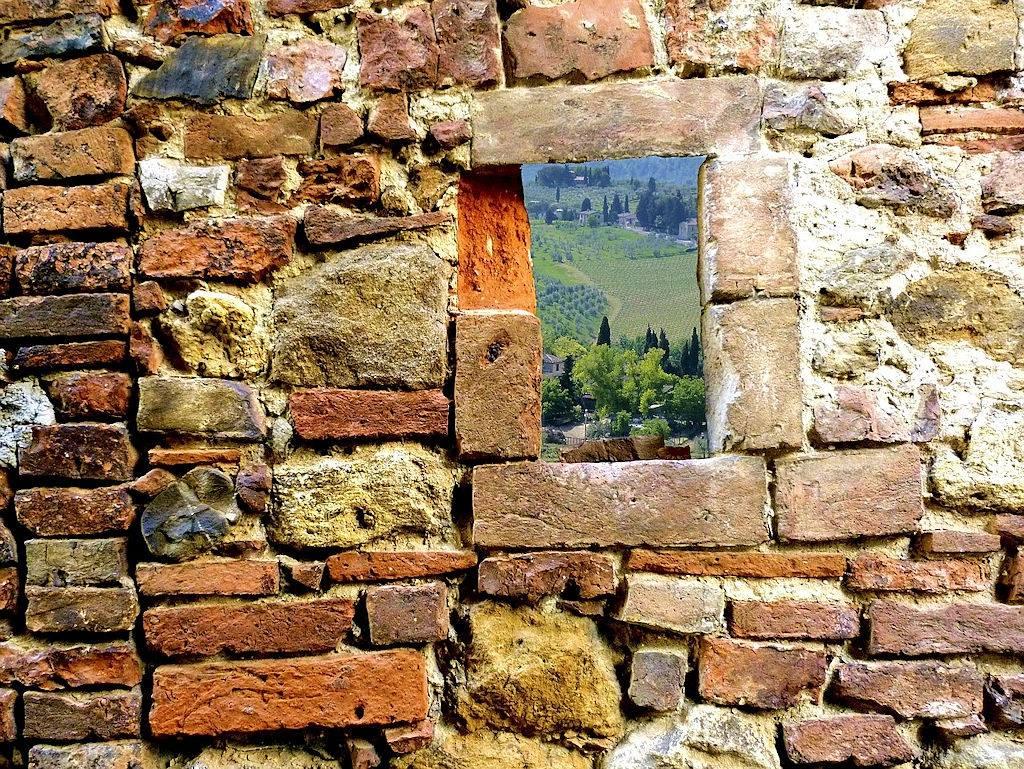Home › Forums › Standing Out in the Field › Casting the First Brick
Tagged: caring, space, time, virtual reality
- This topic has 1 reply, 2 voices, and was last updated 06/10/2023 at 12:39 PM by David Filippone.
-
AuthorPosts
-
-
June 10, 2023 at 6:52 am #1193

Image: ‘Brick By Brick’ by wolfgang Lützgendorf – Pixabay https://tinyurl.com/yccb2k9u
“In the act of being curious, what has been settled becomes unsettled. There are no rules, no certainty, and no fixed place at which to arrive. We know that we do not know. We know that our cognition is inadequate, so we must continue.”
…’Caring‘, by Tarthang Tulku, page 223.Looking at the brick wall in front of where I am sitting, I see a wall that was once the outside of our home but is now part of an attractive sunroom with a vaulted ceiling and tile floor. I have a lamp next to me, illuminating a pad of paper on which I am writing, and a wicker couch on which I am sitting.
Contemplating the varied history of this brick wall, movie images come to mind, in which bricks fly in all directions, reversing the process they must have undergone during construction, only to leave empty space behind. Such images can be thought of as a way to explore the stretch of time before our present world came into being; a past which we seem only able to resurrect in imagination. For instance, we can bring into our imagination: our forebears coming ashore millions of years ago; the time before our house was built, rising brick-by-brick above an empty lot; or just back to yesterday, when we may have been sitting on this same couch thinking thoughts very similar to the ones that are diverting us today. Such sequences of time seem real and they apparently only flow in one direction, from before we were born until after we will have died.
There is something captivating about special effects in movies (for instance in the film “Inception”), where a world that seems so real, so familiar, and so unassailable in its claims of substance, suddenly disperses into the empty space that must have accommodated the arising of that ‘reality’ in the first place.
Of course in a movie, the unraveling of a reality we already know to be imaginary, is not as surprising as the deconstruction of the brick wall in my sunroom would be. Perhaps we realize, at least at some level, that what is unraveling is merely our allegiance to a fictional ‘reality’, woven from images and from our expectations of what will happen to them; and so we find ourselves willing to follow, at least in imagination, the deconstruction of that fictitious world.
But another question naturally arises: can we derive any benefit from this dismantling of the apparently substantial ‘reality’ that has captivated out minds. Or do we just smile, conclude that we have been fooled; and thereby squander a chance to notice that this trick has employed automatic mechanisms of perception that routinely fool us. And can we take the next step and notice that the very purpose of these mechanisms is to authenticate the seeming substantiality of the brick wall before us, of the couch beneath us and the warm light of a lamp illuminating the yellow pad on which blue marks keep racing across the page.
That next step would be difficult to take because it seems that we are already in a ‘reality’ before we know it. And any question we ask, or any challenge we might launch at assumptions we unquestionably accept, will be embedded in that ‘reality’.
So am I just composing a fictional story-line, in which bricks seem to be no more firmly set in place than the reflections in the sliding glass door that used to be the outside of this house?
Why do I indulge in such thoughts? Am I not giving undeserved credence to a kind of conjuring trick on which any ‘virtual reality’ depends? Aren’t such fictional ‘realities’ just stories whose purpose is to divert us from our actual ‘reality’, with its painful facts that we can’t change; just a momentary reprieve from the world to which we will have to return soon enough?
Let’s take yet another step. Perhaps the imagined dismantling of the world we have helped create can shine a light on the open space and unfettered flow of time without which this apparently inescapable realm could not have arisen in the first place. And since time allowed us to assemble this realm, time could also allow us to remove a few bricks in whatever wall separates us from an open future.
But to remove those bricks, we will need to feel sensation; not just messages arriving, like e-mail spam, from somewhere not worth knowing more about, but sensations singing in our body; sensations already here before we notice them; already illuminating our being and showing us the way into that open future.
- This topic was modified 2 years, 1 month ago by Michael Gray.
-
June 10, 2023 at 12:39 pm #1195
I’m posting the introduction to Michael’s post above taken from the Center For Creative Inquiry Facebook page. See below:
You might imagine bricks are like thoughts, putting together stories, building a structured reality… the way we think we know how things are, shaped by our opinions, and presumptions. Rinpoche often writes about ‘how’ we have a hand in building up our world… for instance he says…
“Thoughts structure experience by ‘building up’ reality. Together with their content, they communicate the substantiality of that content—a sense of persistent qualities and independent ‘presence’: a special kind of ‘mass’ that exerts its own gravitational pull. This gravitational force in turn shapes what appears ‘to’ and ‘through’ the mind in ways that structure the whole, conforming to the established order.”
… ‘Dynamics of Time and Space,’ by Tarthang Tulku, p. 53It so happens, we have the ability to see through the brick walls of our put-together world-view—by examining the bricks. Michael Gray’s Blog looks at this… as a way to open or deconstruct our fabrications… Why? Well… perhaps by opening the present, we could allow for a less confining, ‘bricked-in’ future based on brick-like projections… which might in turn, accommodate a future of unthought possibilities… if we care enough to inquire…
AT THE LINK… Continue reading…
-
-
AuthorPosts
- You must be logged in to reply to this topic.
